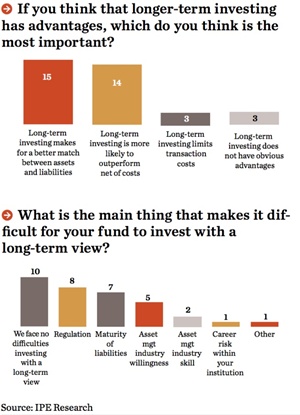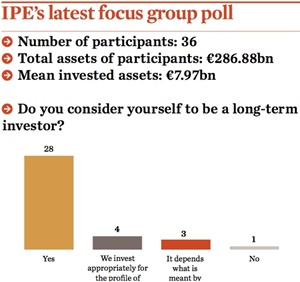Officials at the South Dakota Retirement System (SDRS) have spent the last two years studying a series of benefit changes that would hypothetically be applied to new members, according to the Black Hills Pioneer.
Last week, the System’s trustees got to look at the plan.
The changes include lower COLAs, a higher retirement age and tweaked benefit formula.
More on the specifics, from the Black Hills Pioneer:
The biggest change from the current system is retirement ages would be pushed back two years across the board. The current 65 would become 67, the current 55 would become 57 and the current 45 would become 47.
The new plan also would feature a variable-return component tied to investment performance. The basic cost of living increase meanwhile would tie directly to the rate of inflation with a raise of at least 1 percent guaranteed.
The current system provides an annual cost of living adjustment of 2.1 to 3.1 percent. The COLA approach now in use is generally independent of earnings, unless the investment portfolio’s value drops below certain thresholds.
[…]
Another change would be using five years of salary to determine final average compensation for calculating benefits under the new plan. The current plan uses three years.
Implementation of these changes is in the very early stages.
If the System’s trustees were to approve the changes, the proposal would then go to the state legislature for a vote.
SDRS manages about $10 billion in pension assets for nearly 80,000 members.
Photo by Jim Bowen via Flickr CC License










